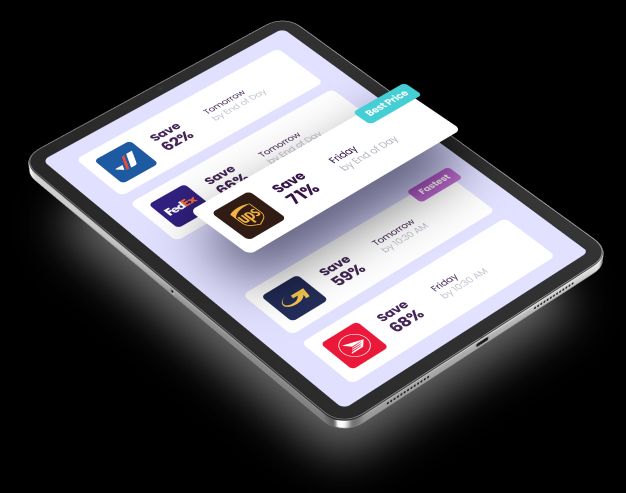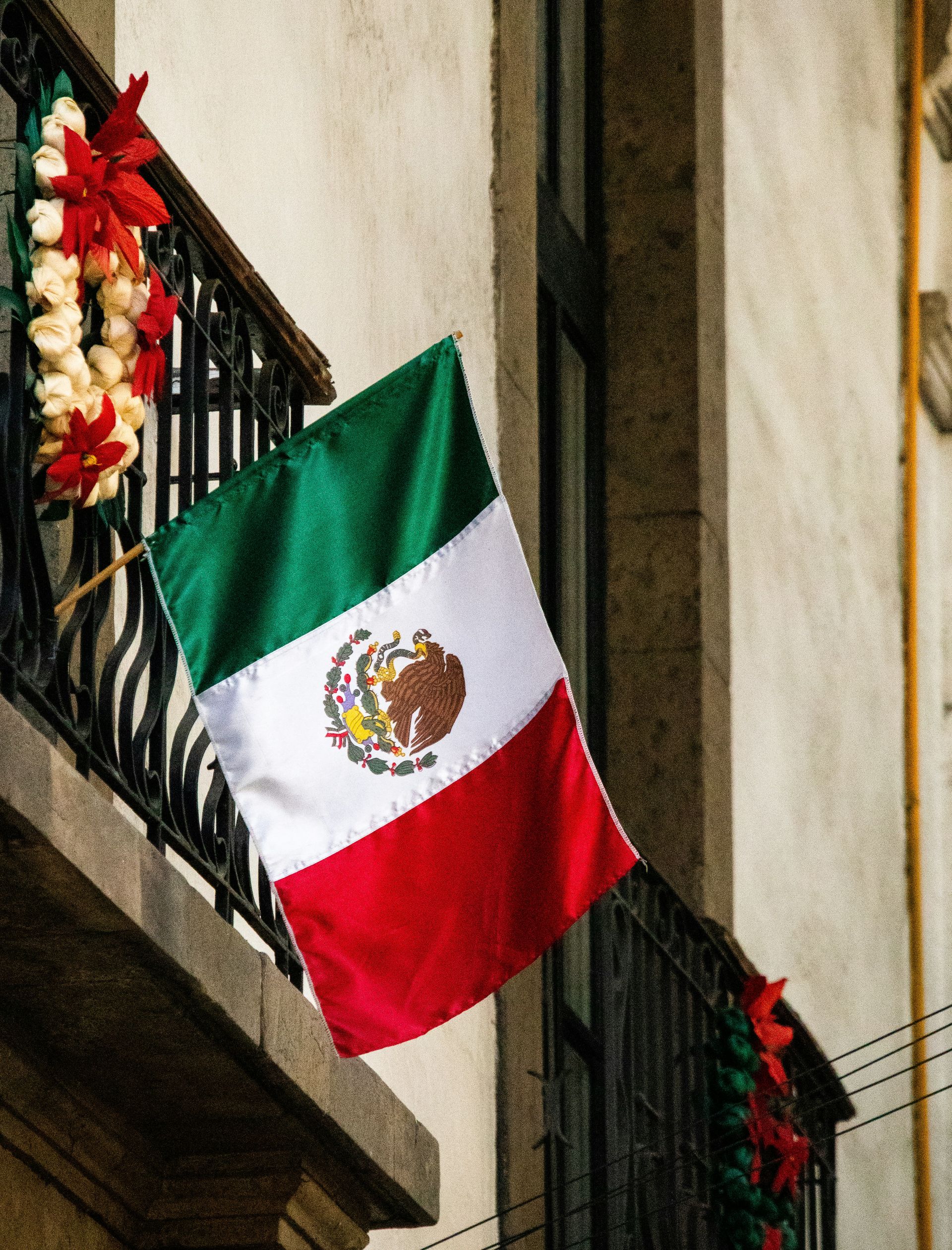
Nov 07, 2025 • by Paul Bourque
How much is shipping to Italy from Canada?
Shipping to Italy can be incredibly expensive, especially for next day service, but shipping broker Secureship finds its clients savings of 50% or more


by Paul Bourque
Dec 11, 2023
Key Points

For a far distant destination such as India, the cheapest way to ship a package is by surface transport. But the downside is delivery time – 1 to 3 months if you were to use Canada Post. However, air freight services also offer package delivery services ranging from 3 - 12 business days, but of course they are more expensive.
However, a package’s travelling distance is only one factor that determines its shipping costs. Other expenses – arrival time, parcel size, and insurance you have a measure of control over while others – duties and taxes, handling fees, and fuel surcharges are largely fixed expenses.
This blog will explain those fees and how to mitigate them, and introduce you to Secureship – whose intuitive and user-friendly platform saves you time and money as it guides you through the important steps when shipping goods internationally.
Table of Contents
As mentioned, Canada Post delivers parcels to India with a choice of sea or air freight. But Canadians also have several other well known carriers available to them, such as Purolator, FedEx, and UPS.
And they offer varying levels of delivery times as shown below:
Budget and time constraints for the parcel’s delivery will dictate which service is the best for your business or personal requirements.
The size of your parcel and the distance it travels to the recipient largely determine the fee the carrier charges for its delivery. But there are several smaller additional fees that you should be aware of before sending your parcel off.
Insurance is not mandatory when shipping parcels, but it does cover damaged or lost items. However, not all items are insurable – personal belongings, liquids, and jewellery amongst them. Should you decide to take out insurance, refer to the ISTA 3A packaging standard, or the shipper’s insurance will be null and void.
Understandably, larger parcels incur a higher shipping cost, but if your container is particularly large or heavy, an oversize fee will be applied to it. By way of example, shipping a container with UPS (see page 139) that is longer than 2.74 metres or heavier than 68 kilograms will receive a $1,100 surcharge. And at peak shipping periods – Christmastime in particular – that fee is currently set at $1,550.
Business efficiency or personal convenience may have you select a Saturday pickup or deliver, but there is a fee for that. However, if you wish to save money, then avoiding this service is one step in that direction.
This charge can be evaded by arranging for parcel delivery to the recipient’s office or having the parcel held at the carrier’s local office for personal pickup.
The fuel surcharge is usually applied as a fixed percentage of the shipping rate, and it fluctuates with changing oil prices. And unfortunately, there is little anyone can do about avoiding this fee.
While these charges are incurred by the recipient, they nevertheless should be considered when shipping goods from Canada to India. Countries impose duties to protect their local industries and to generate government revenues. Indian customs duties range based on the item being imported with documents usually being duty-free at the low and spirits and wines at 150% at the high end; however, most goods incur a 22% duty. Also of importance to note, regardless of the value of the goods entering the country, they will incur duties even if their value is negligible.
Shipments entering India will also be charged the country’s VAT (value added tax), which is similar to Canada’s GST. Like duties, all goods no matter their value will have VAT applied and at variable rates depending on the items as shown below:
The cheapest way to ship from Canada to India is by surface transport, but that could take up to several months. As most people require a shorter delivery time, air freight service is the alternative choice but demands a higher fee.
Though there are other charges a shipment may require or incur – insurance, oversize fee, Saturday services, residential delivery, and fuel surcharge.
And don’t forget about duties and taxes even though these affect the recipient directly; nonetheless, being fully informed before sending off a package benefits both parties.

Nov 07, 2025 • by Paul Bourque
How much is shipping to Italy from Canada?
Shipping to Italy can be incredibly expensive, especially for next day service, but shipping broker Secureship finds its clients savings of 50% or more

Nov 03, 2025 • by Paul Bourque
What is the cheapest way to ship a package from Canada to Mexico?
Reducing a parcel's size and slowing its delivery are two easy ways to make a shipment to Mexico cheaper

Oct 27, 2025 • by Paul Bourque
Can I ship to France with FedEx?
FedEx's collection of airplanes and worldwide connections ensures regular package deliveries from Canada to France